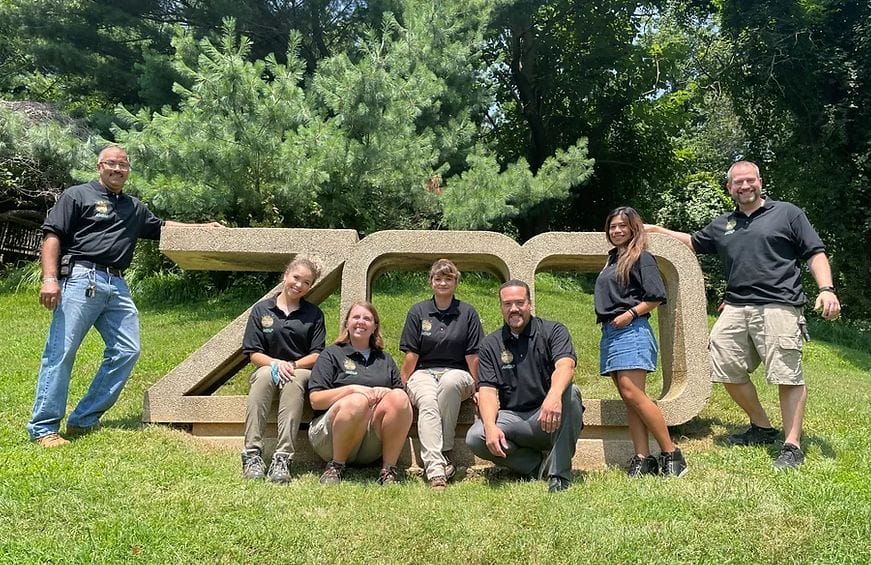The zoological field encompasses hundreds of varying roles. As a result, the individuals holding these positions have the potential to be just as varied as the titles themselves. Unfortunately, the reality is a little more complicated.
What is Environmental Equity?
The events of the past few years have moved many industries, including ours, to take stock of ourselves. The result is a greater focus on environmental equity. This is the idea of providing resources to underserved, underrepresented groups to allow them access to nature and nature-based education. We know that environmental equity is a complicated concept, but stick around! We’ll discuss a few ways that conservation professionals are working to increase diversity in their field, so that everyone can experience our incredible world.
Creating a Place for Everyone
Many roles within the zoological industry are made to help you build on your education with each job. At Fossil Rim, one of the pillars of our mission is to train the next generation of professionals. However, many organizations have a problem with diversity. This is only added to by poor access to information and support systems for racial and ethnic minorities.
Luckily, groups like the Association of Minority Zoo and Aquarium Professionals, or AMZAP, are working to combat this problem. Their goal is to create supportive communities for minority professionals and to help encourage organizations to create a more equitable environment.

According to their website, AMZAP strives to “build relationships amongst minorities presently in the field and to increase minority representation in all disciplines and at all levels in…wildlife facilities.”
They’ve garnered support from dozens of AZA accredited facilities through mentoring programs, educational resources, networking, and more. The AZA, along with other accrediting bodies, are working with AMZAP to make a conscious push towards equity.
Getting Kids Outside
While AMZAP is working with current zoo professionals, other nature organizations are reaching children while they’re young. The Texas Children in Nature Network (TCiNN) believes that a passion for nature can start at home. However, many children and families don’t have access to the resources to get outside and learn.
Fossil Rim is part of the Founders Circle for TCiNN. We are proud partners with them to help provide access to nature for all families and children across Texas.

Something as small as a walk through a park can be beneficial to the health and wellbeing of children. This is especially true for kids in urban areas. TCiNN is increasing access to green spaces, training professionals, and nurturing connections across Texas.
In their 2021 strategic plan, TCiNN said the past year was “the perfect year for both introspection and forward thinking, fueled by the reawakened understanding of the importance of nature in our lives.”
Everyone should have access to nature, from experiencing wildlife to learning about the land. By broadening accessibility to nature TCiNN is working to create a more empathetic generation.
Fossil Rim is dedicated to aiding these organizations in their missions and helping them meet their goals. We’re working towards a more diverse and accessible conservation field across America.

